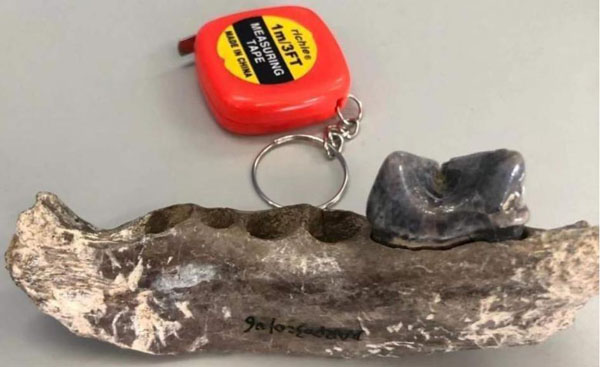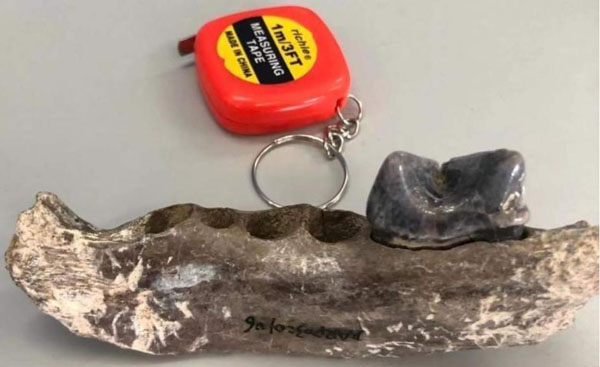Recently, we learned from China University of Geosciences (Wuhan) that Professor Lai Xulong’s team from the school, together with foreign and domestic researchers, discovered a previously unknown and now extinct tiger genetic branch through ancient DNA research. Relevant results were recently published in the internationally authoritative biological journal "Proceedings of the Royal Society B".

Previously, the archaeological team of Jilin University unearthed a large number of paleontological fossils in a cave in Da'an Town, Tonghua, Jilin, and provided some of the spotted hyena fossils to the ancient DNA research team of China University of Geosciences (Wuhan) for collaborative research. Through the analysis and identification of the remaining DNA in the fossils, the researchers unexpectedly discovered that one of the broken mandibles was not that of a spotted hyena, but that of a tiger (hereinafter referred to as the Daan tiger), which was more than 43,500 years old.
In terms of biological classification, the evolutionary history and living conditions of tigers have received widespread attention. Existing studies believe that the current geographical subspecies of tigers all diverged from an ancestral population that dates back about 110,000 years.

In order to explore the genetic relationship between the Daan tiger and various geographical subspecies of living tigers, the researchers increased the ancient DNA extraction of the Daan tiger mandible fossils and the construction of second-generation sequencing libraries. From 24 sequencing libraries, the Daan was assembled Tiger has nearly complete mitochondrial genome and partial nuclear genome information.
Based on the comparative analysis of the genetic components of the Da'an tiger and all living tigers and the construction of a phylogenetic tree, it was found that the Da'an tiger is different from any living tiger and belongs to a previously unknown and now extinct genetic lineage. This lineage is related to the ancestors of living tigers. , separated about 260,000 years ago.

The study of living tigers can only reveal the evolutionary history of their direct ancestors. The determination and analysis of the Daan tiger genome shows that during the evolution of tigers, some genetic branches were lost, and all modern tigers are only descendants of one of these branches.
Researchers explained that today's Siberian tigers, South China tigers and other tigers are like cousins to each other, while the Da'an tiger and modern tigers are distant relatives. Before the availability of ancient DNA data, the genetic information of the disappeared tiger lineage had been trapped in fragmented fossils that were easily misinterpreted. Ancient DNA research has brought extinct tiger lineages to light, providing a basis for a systematic and comprehensive exploration of the evolutionary history of tigers.
animal tags: tiger fossil evolution biology
We created this article in conjunction with AI technology, then made sure it was fact-checked and edited by a Animals Top editor.